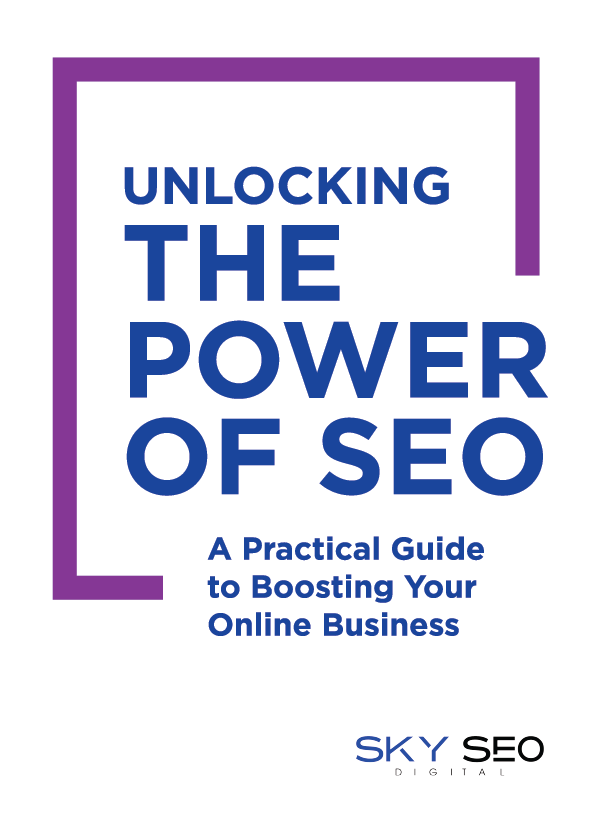As a small business owner, you know that every dollar counts. You need to make sure that your marketing efforts are effective and efficient. One powerful tool for marketing your business online is search engine marketing (SEM). This guide will provide you with everything you need to know about SEM and how to use it to grow your small business.
What is SEM?
SEM, or search engine marketing, is a form of online advertising that involves promoting your business through paid search engine results. In other words, you pay to have your website show up at the top of the search results for specific keywords.
SEM is often used interchangeably with PPC (pay-per-click) advertising, but technically SEM encompasses all paid search engine advertising, including display ads and shopping ads.
Why is SEM Important for Small Businesses?
SEM can be a highly effective way for small businesses to reach new customers and generate leads. Here are some of the key benefits of using SEM:
- Increased visibility: By advertising on search engines, you can ensure that your business appears at the top of the search results for your targeted keywords. This increases your visibility and makes it more likely that potential customers will click through to your website.
- Targeted advertising: SEM allows you to target specific audiences based on factors like location, demographics, and search history. This means that you can reach the people who are most likely to be interested in your products or services.
- Measurable results: SEM provides detailed data on the performance of your campaigns, including impressions, clicks, and conversions. This means that you can track your ROI and make data-driven decisions about your marketing strategy.
Getting Started with SEM: A Step-by-Step Guide
Now that you understand the basics of SEM, let’s dive into how to get started with your first campaign.
Step 1: Set Your Goals
Before you dive into creating your first SEM campaign, it’s important to define your goals. What do you want to achieve with your advertising? Some common goals for small businesses include:
- Increasing website traffic: By optimizing your website’s SEO and creating valuable content, you can attract more visitors and boost your website traffic. You can expand your website’s reach and attract a larger audience by employing social media platforms and running online ads to drive traffic to your site.
- Generating leads: Offering free trials, creating informative blog posts, and hosting webinars can help you capture the contact information of potential customers and generate leads. Personalizing your messaging and nurturing your leads through email campaigns and targeted ads can also increase your chances of converting them into paying customers.
- Boosting sales: Offering discounts, implementing upselling and cross-selling strategies, and providing exceptional customer service can help you increase your sales and revenue. Utilizing customer reviews and testimonials, as well as creating social proof through influencer marketing and social media, can also build trust with potential customers and encourage them to make a purchase.
- Building brand awareness: Creating consistent and visually appealing branding across all platforms, as well as establishing a unique brand voice, can help you build brand recognition and awareness. Utilizing social media and other digital marketing channels to share your brand story and showcase your products or services can also help you reach new audiences and increase brand awareness.
By setting clear goals, you can tailor your campaigns to achieve the results you want.
Step 2: Choose Your Keywords
The next step is to choose the keywords that you want to target with your SEM campaigns. This is where keyword research comes in. Use a tool like Google Keyword Planner to identify keywords that are relevant to your business and have a high search volume.
It’s important to choose keywords that are relevant to your business and have a high commercial intent, meaning that the people searching for them are more likely to convert into customers.
Step 3: Create Your Ads
Once you’ve chosen your keywords, it’s time to create your ads. Your ads should be tailored to your audience and the keywords you’re targeting. Here are some tips for creating effective ads:
- Use a clear and compelling headline that includes your targeted keyword
- Include a strong call-to-action that encourages people to click through to your website
- Use ad extensions to provide additional information, such as your business address or phone number
Step 4: Set Your Budget
One of the great things about SEM is that you have full control over your budget. You can set a daily or monthly budget and adjust it as needed. It’s important to set a budget that aligns with your goals and the potential ROI of your campaigns.
Step 5: Launch Your Campaign
Once you’ve set your budget and created your ads, it’s time to launch your campaign. Monitor your campaign closely and make adjustments as needed. You can track your results in real-time using tools like Google Analytics and Google Ads.
Powerful Tool
SEM can be a powerful tool for small businesses looking to reach new customers and generate leads. By following the steps outlined in this guide, you can create effective and targeted campaigns that drive results. Remember to set clear goals, do thorough keyword research, create compelling ads, set a budget that aligns with your goals, and monitor your results closely.









